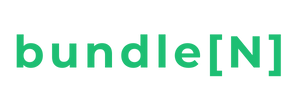What is HL7?
HL7, or Health-Level-7 (developed by Health Level Seven International), is an internationally accepted set of standards that serve as a medium to receive, exchange, manage and retrieve digital information transferred between different software applications used by healthcare providers. In short, HL7 is a sophisticated framework that allows various healthcare data software solutions to integrate with each other and interpret data. The HL7 standards consist of a number of flexible guidelines and methodologies with which various healthcare systems use to communicate with one another. These guidelines and data standards ensure that data exchange rules and common health data definitions relating to clinical documentation, EHR and personal health records, quality reporting, and prescription product labeling remain consistent across systems.
Why does the healthcare industry use HL7?
Who uses HL7?
HL7 is supported by more than 1600 members from over 50 countries, including 500+ corporate members representing healthcare providers, government stakeholders, payers, pharmaceutical companies, vendors/ suppliers, and consulting firms. In the United States, 90-percent of medical institutions use HL7.

